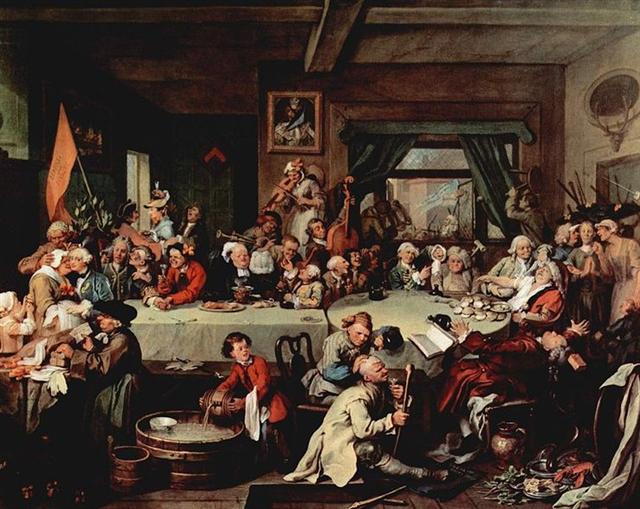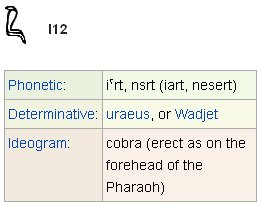RIGEL
In November 28 the people on Hawaii would set off an effigy of Lono
(Rogo) on a circuit leading up to the December solstice, it
was said, and it was a cycle measuring 23 days:
 |
 |
 |
 |
 |
 |
|
Ca9-21 |
Ca9-22 (250) |
Ca9-23 |
Ca9-24 (9 * 28) |
(460 ↔
225) |
Ca9-26 (254) |
|
Nov 25 |
26 |
27 |
28 |
29 (333) |
30 |
|
... The
correspondence between the winter solstice and the
kali'i rite of the Makahiki is arrived at as
follows: ideally, the second ceremony of 'breaking the
coconut', when the priests assemble at the temple to
spot the rising of the Pleiades, coincides with the full
moon (Hua tapu) of the twelfth lunar month (Welehu). In
the latter eighteenth century, the Pleiades appear at
sunset on 18 November. Ten days later (28
November), the Lono effigy sets off on its
circuit, which lasts twenty-three days, thus bringing
the god back for the climactic battle with the king on
21 December, the solstice (= Hawaiian 16 Makali'i). The
correspondence is 'ideal' and only rarely achieved,
since it depends on the coincidence of the full moon and
the crepuscular rising of the Pleiades ... |
|
ANTARES |
*250 |
*251 |
*252 |
*253 |
DENEBAKRAB |
|
*66 |
*67 |
ALDEBARAN |
*69 |
*70 |
*71 |
|
May 26 |
27 |
28 |
29 |
30 (150) |
31 (151) |
|
"April 15 |
16 |
17 |
18 |
19 |
20 (110) |
|
MARCH 23 |
24 |
25 (84) |
26 |
27 |
28 |
| ka
mau - i te inoino |
ka
iri ka hua i te inoino |
te
hau tea |
te
inoino |
kua
iri kua puo |
te
inoino |
|
... Antares, visible in the
morning sky of December-January, came to stand for
summer heat; hence the saying, 'Rehua cooks
(ripens) all fruit' [hakatupu]. The generally
accepted version of the Rehua myth, according
to Best, is that Rehua had two wives, the
stars on either side of Antares. One was
Ruhi-te-rangi or Pekehawani, the
personification of summer languor (ruhi), the
other Whaka-onge-kai,
She-who-makes-food-scarce before the new crops can
be harvested ...
Puo.
(Also pu'a); pu'o nua, one who covers
himself with a nua (blanket), that is to say,
a human being. Vanaga. 1. To dress, to clothe, to
dress the hair; puoa, clothed; puoa tahaga,
always dressed. 2. To daub, to besmear (cf. pua
2); puo ei oone, to daub with dirt, to smear.
3. Ata puo, to hill up a plant. Churchill.
...
When the man, Ulu, returned to his wife from
his visit to the temple at Puueo, he said, 'I
have heard the voice of the noble Mo'o, and
he has told me that tonight, as soon as darkness
draws over the sea and the fires of the volcano
goddess, Pele, light the clouds over the
crater of Mount
Kilauea, the black cloth will cover my head ... |
 |
|
Ca9-27
(255 ↔ 355 - 100) |
|
Dec 1
(335 = 152 + 183) |
|
GRAFIAS
= ζ Scorpii (*255.4) |
|
*255 +
*183 = '438, *73 |
|
June 1
(152) |
|
etoru gagata
hakaariki kia
raua |
| Ka ki atu a Tu
raua ko Roko ki a Rehua. |
However, the text on the C tablet appears to indicate that the
ideal circuit for Rogo should begin with the Full Moon in June
1.
Metoro told about Rehua (→
Antares) and Roko (→
Rogo) at the same time, whereas on Hawaii they looked for the Pleiades in
the evening of
November 18.
*249 (Antares) - *55 (Tau-ono) = *194
→ *183 + *11. Our
Gregorian calendar has the year beginning 11 days after the
December solstice, because the
Pope Gregory XIII
found it necessary to update the
Julian structure.

To
restore order in the resulting mess I suggest we should consider
the reason for looking for star culminations at 21h (instead of
at 24h = 0h):
... Allen has documented all his star
culminations at 21h, which could be due to an effort of keeping
the culminations at their proper places according to the
ancients, 24h (spring equinox) - 21h = 3h = 24h / 8 = 45º. 3h
corresponds to 366 / 8 = 45.75 of my right ascension days and
*366 - *46 = *320 (Dramasa, σ
Octantis) ...
Above at Ca9-25 (92 * 5 = 460 and 9 * 25 = 225) the design of
the glyph seems to indicate a point of balance (equilibrium) in
darkness ('covered up')..
225
suggests (→) the date for the
Creation of our
present world, viz. with the Full Moon ideally at Agust 13
(225 ↔ 15 * 15).
And 460 → 100 + 360. In other words:
to begin counting from April 10 (100) instead of from January 1.
North of the equator (as on Hawaii)
it was the Pleiades which decided the time of the year and not
the pair Rigel and Antares.

90°
- 24° = 66° ↔ *66 → ideal place for
the Full Moon when the Sun in November 25 rose at Antares.
As
if by chance November 18 was the date when
Schedir, the Breast of Cassipeia, culminated at 21h:
 |
|
 |
 |
 |
 |
|
 |
| Ca9-15 |
Ca9-16
(244) |
Ca9-17 |
Ca9-18 (246) |
Ca9-19 |
Ca9-20 (248) |
|
Nov 19 |
20 (324) |
21 (80 + 245) |
22 |
23 |
24 (328) |
|
16h (*243.5) |
LESATH
|
*245 |
→ 63 + 183 |
σ SCORPII
(*247.0) |
*248 |
|
4h (*60.9) |
*61 |
VINDEMIATRIX |
HYADUM I |
HYADUM II
|
AIN |
|
May 20 |
21 (141) |
22 |
23 |
24 |
25 (145) |
|
"April 9 |
10 (100) |
11 |
12 |
13 |
14 (104) |
|
LIBERALIA |
18 (100 - 23) |
19 (78) |
MARCH 20 |
21 (80) |
22 (145 -
64) |
| i te mauga pu
hia |
E rima ki te henua |
koia ku honui |
erua
maitaki |
ko koe ra |
|
When Metoro said 'hia' it was probably an
instruction for Bishop Jaussen on Tahiti to 'Count!' For instance:
...
Ecclesiastically, the equinox is reckoned to be on 21 March (even
though the equinox occurs, astronomically speaking, on 20 March in
most years) ... → 3-20 ↔ right
ascension day *320 at the south pole star Dramasa.
... A very detailed
myth comes from the island of Nauru. In the beginning
there was nothing but the sea, and above soared the Old-Spider.
One day the Old-Spider found a giant clam, took it up, and tried
to find if this object had any opening, but could find none. She
tapped on it, and as it sounded hollow, she decided it was
empty. By repeating a charm, she opened the two shells and
slipped inside. She could see nothing, because the sun and the
moon did not then exist; and then, she could not stand up
because there was not enough room in the shellfish. Constantly
hunting about she at last found a snail. To endow it with power
she placed it under her arm, lay down and slept for three days.
Then she let it free, and still hunting about she found another
snail bigger than the first one, and treated it in the same way. Then she said to the first snail:
'Can you open this room a little, so that we can sit down?'
The snail said it could, and opened the shell a
little. Old-Spider then took the snail, placed it in the
west of the shell, and made it into the moon. Then there was
a little light, which allowed Old-Spider to see a big worm.
At her request he opened the shell a little wider, and from
the body of the worm flowed a salted sweat which collected
in the lower half-shell and became the sea. Then he raised
the upper half-shell very high, and it became the sky.
 |

|










